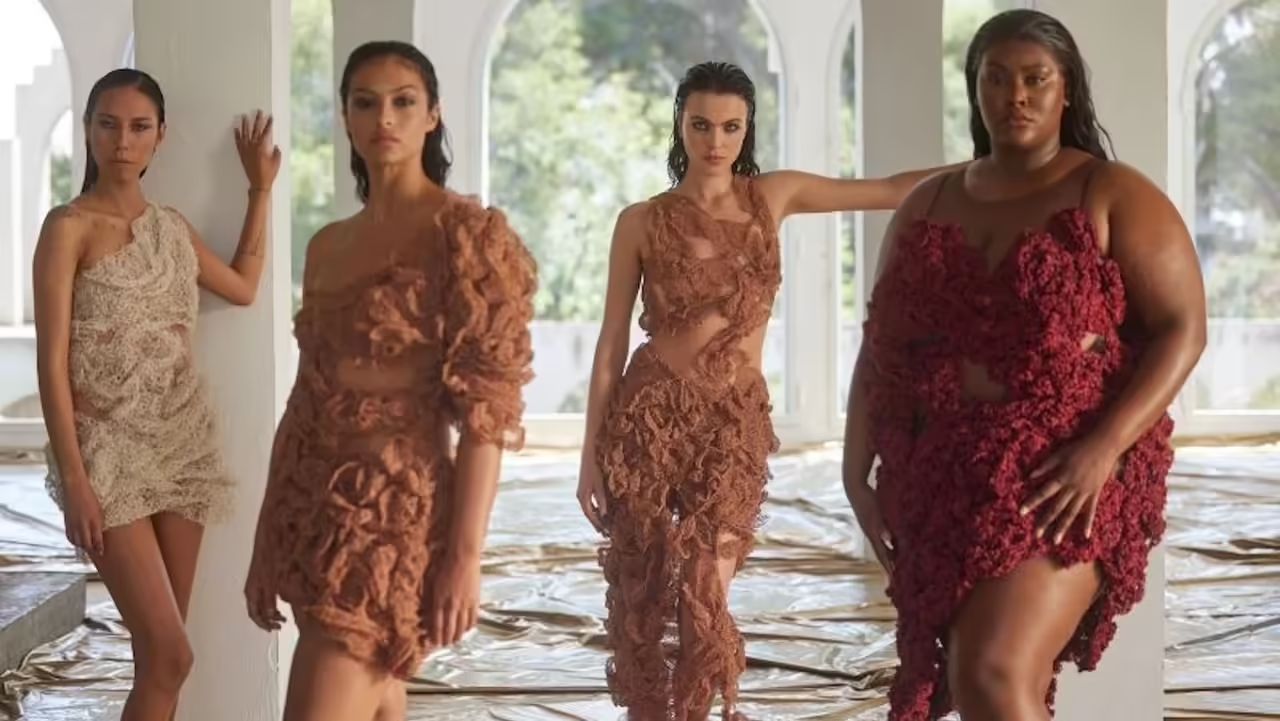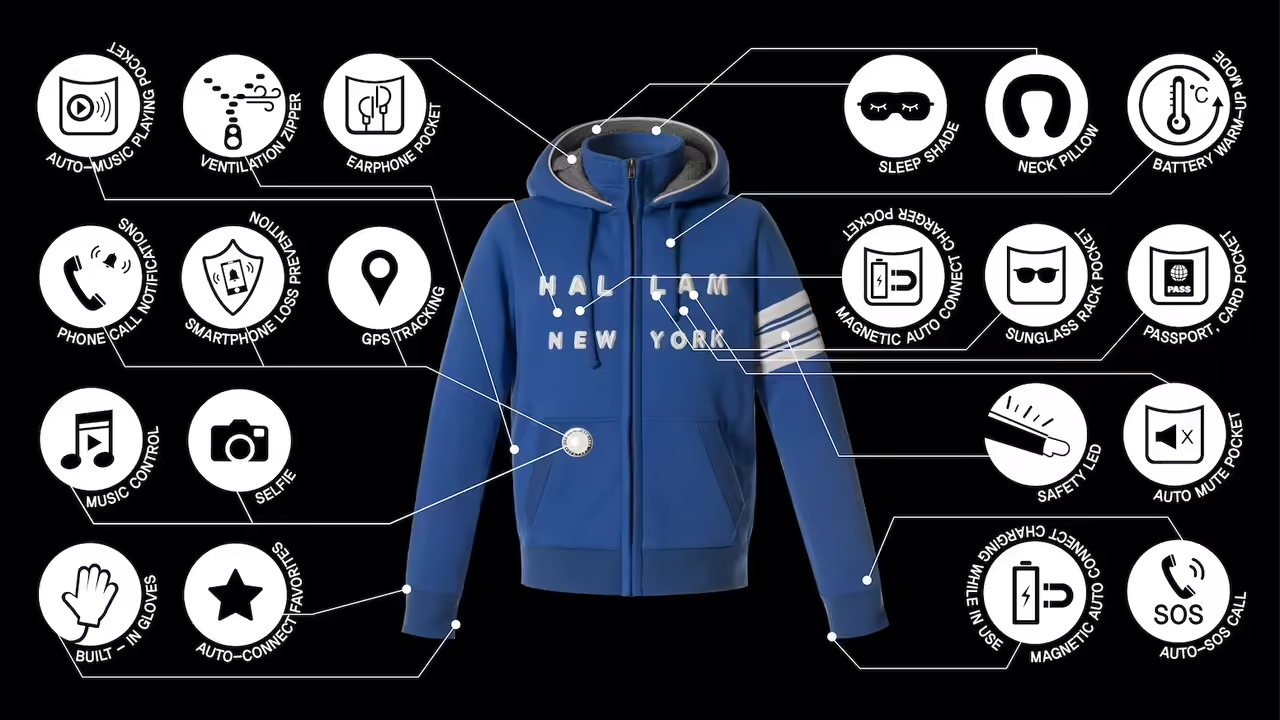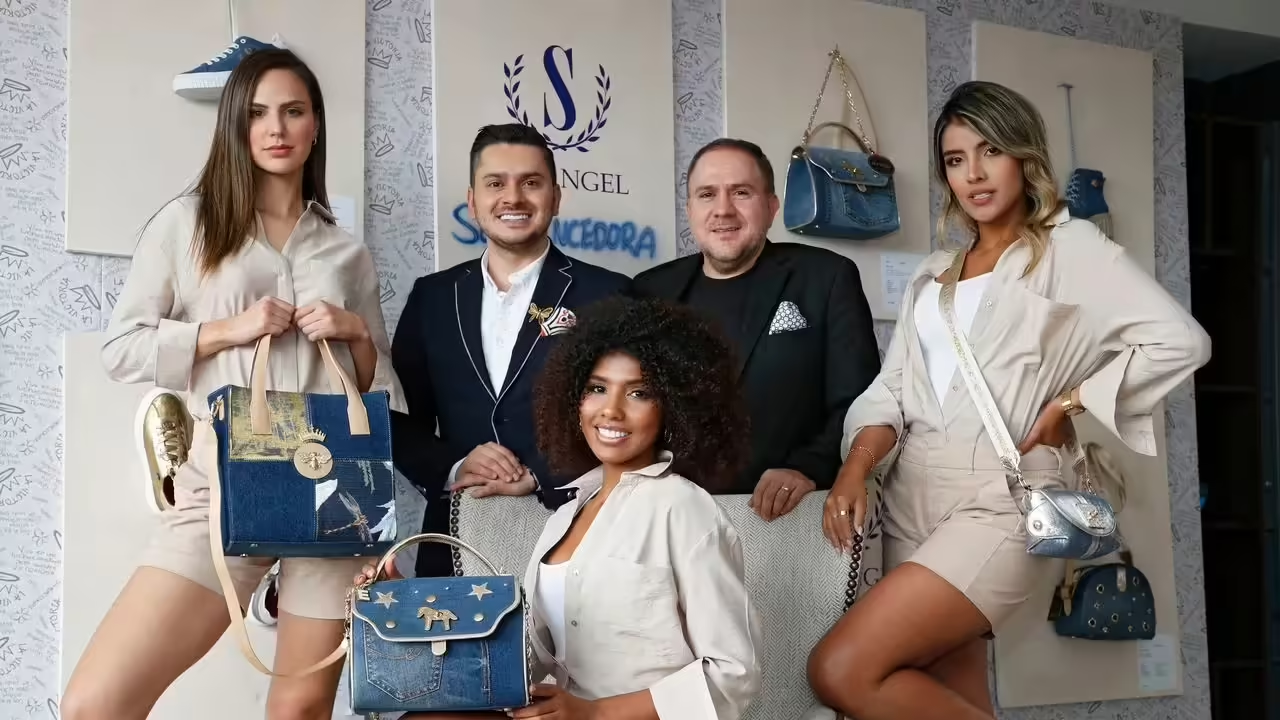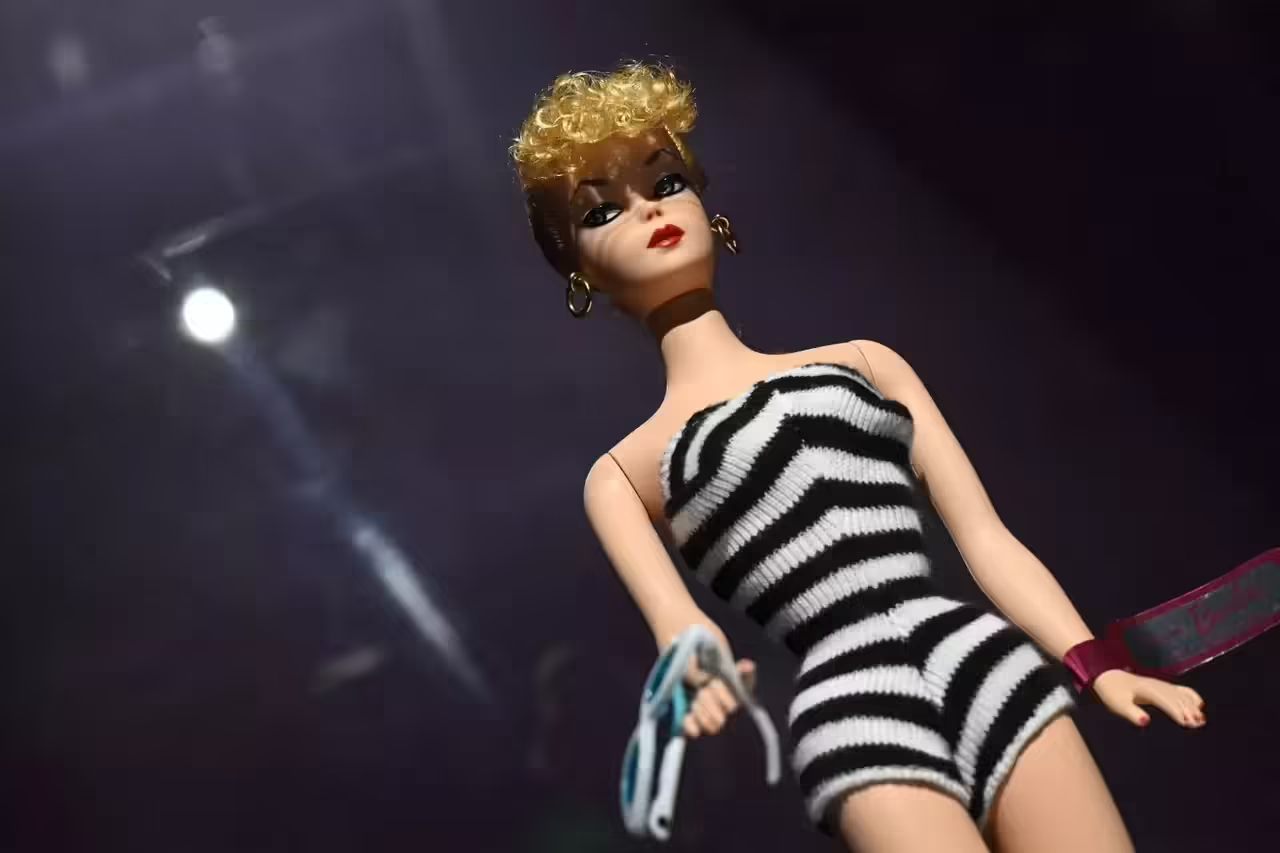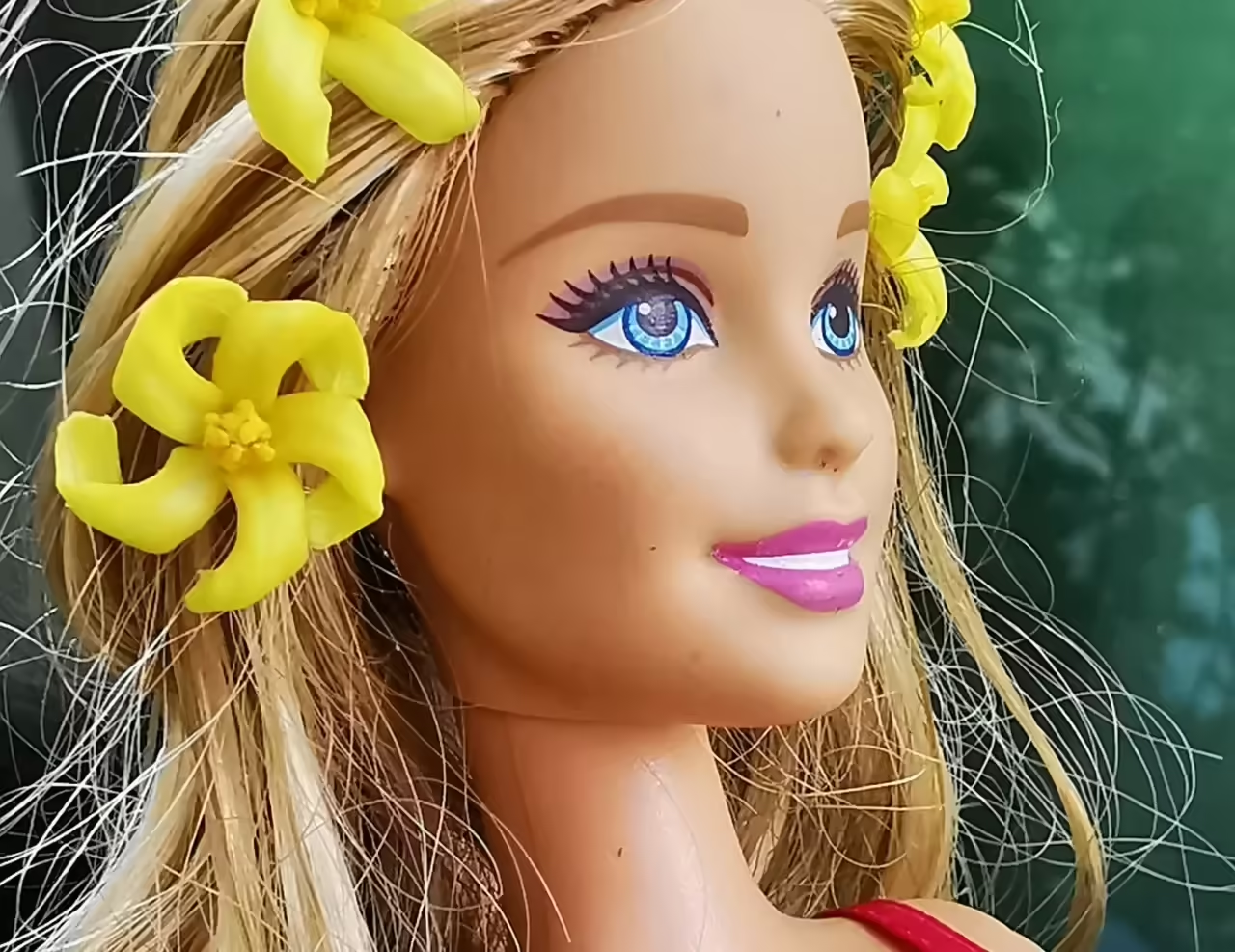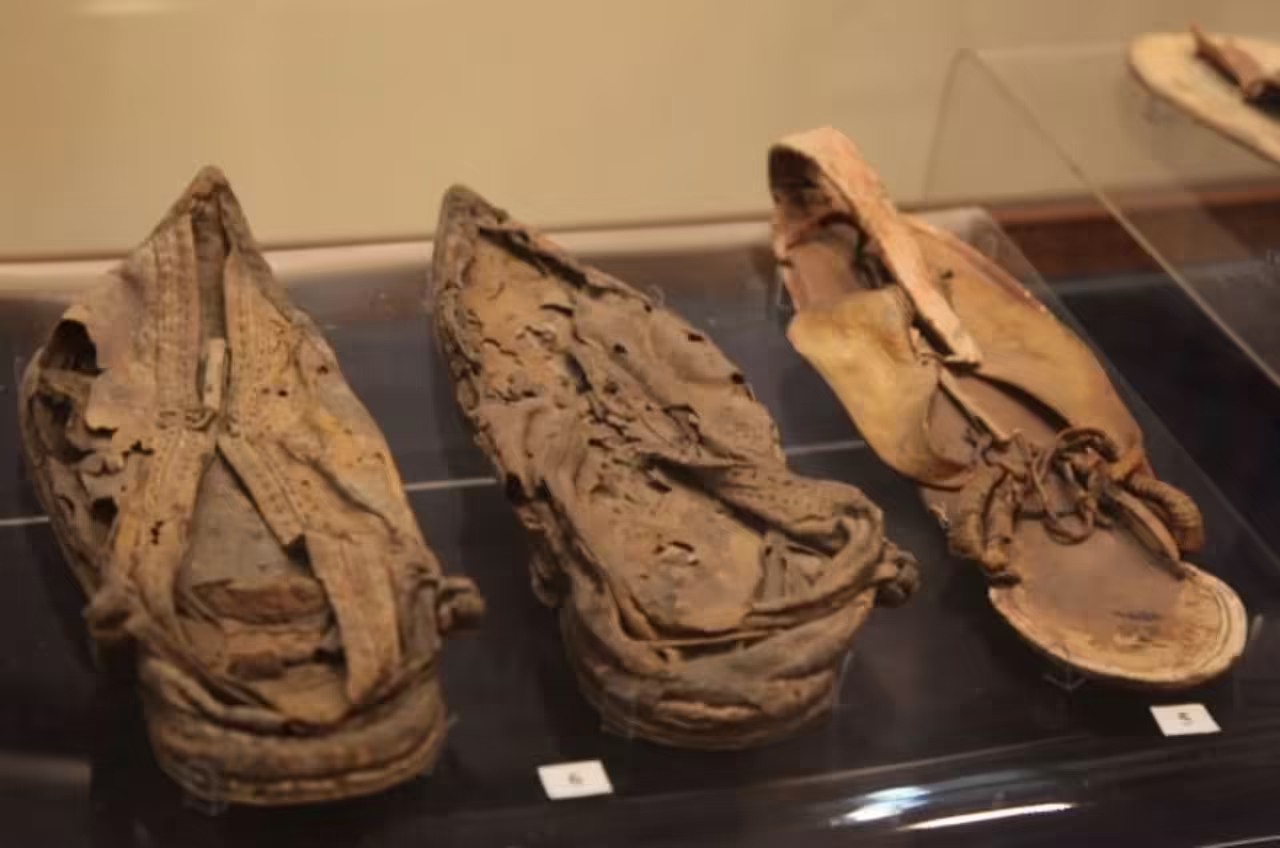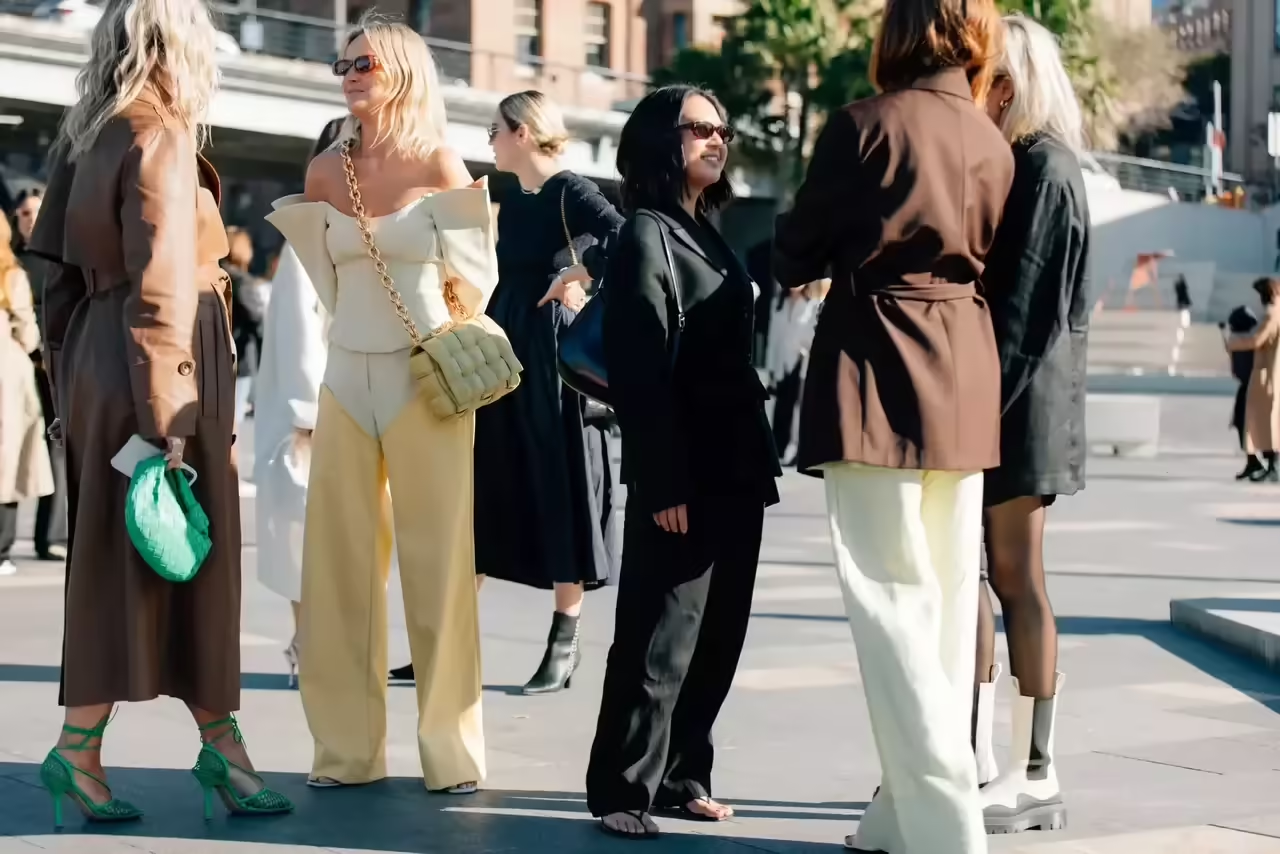
Urban fashion, commonly known as street style or streetwear, is a dynamic and ever-evolving form of self-expression deeply rooted in urban culture. It goes beyond the traditional boundaries of high-end fashion, drawing inspiration from the streets, youth culture, and diverse urban environments. This style reflects the attitude, creativity, and individuality of those navigating the bustling streets of cities worldwide.
The term “urban fashion” emerged as a response to the need for comfortable and practical clothing in urban environments. It encapsulates a wide range of styles, from casual and sporty to edgy and avant-garde, blending elements of various subcultures and artistic movements. This unique fusion of influences has made urban fashion a powerful cultural force that continues to shape the way people dress and express themselves.
Evolution of Urban Fashion Over Time:
Urban fashion has a rich history that traces its roots to the rebellious spirit of youth cultures in the mid-20th century. In the 1970s, the emergence of hip-hop culture played a pivotal role in shaping the aesthetic of urban fashion. Iconic elements like oversized silhouettes, sportswear, and bold accessories became synonymous with this genre, creating a distinct visual identity.
The 1980s witnessed the rise of streetwear brands that transcended local scenes to gain international acclaim. Labels like Adidas, Nike, and Supreme became synonymous with urban fashion, blurring the lines between street style and high fashion. This era saw the fusion of luxury and casual elements, with designers collaborating with streetwear brands to create limited-edition collections that appealed to a broader audience.
The 1990s marked a period of eclecticism in urban fashion, with influences from grunge, skate culture, and rave scenes converging to create a melting pot of styles. Logos, graphic prints, and vibrant colors became hallmarks of the era, reflecting the energy and diversity of urban environments.
As we entered the 21st century, the internet and social media platforms played a transformative role in democratizing fashion. Street style influencers and online communities became powerful influencers, amplifying the visibility of niche styles and subcultures. The global exchange of ideas and trends led to a more inclusive and diverse urban fashion landscape.
Today, urban fashion continues to evolve, with sustainability, inclusivity, and innovation at the forefront. Sustainable and ethical practices are gaining importance, leading to the rise of eco-friendly streetwear brands. Furthermore, the boundaries between gendered fashion are breaking down, giving rise to gender-neutral and unisex designs.
Key Elements of Urban Style
Urban style is characterized by a diverse range of garments that reflect the authenticity and carefree attitude of city life. Some iconic pieces that have endured over the decades include:
Graphic T-shirts: Featuring bold prints, logos, and messages, graphic T-shirts are a cornerstone of urban style. They can express personal identity, subculture affiliation, or simply convey visually striking messages.
Hoodies: Comfort meets style with hoodies, a garment that has transcended its original athletic function to become a symbol of urban fashion. From basic models to luxury brand designs, hoodies are versatile and popular.
Sneakers: Fundamental to urban attire, sneakers have evolved from athletic accessories to fashion statements. Iconic brands and exclusive collaborations between designers and sportswear labels have elevated sneakers to coveted fashion items.
Denim: Jeans, jackets, and other denim garments are essential in urban style. Their durability, versatility, and ability to adapt to different styles and occasions make denim a staple in urban wardrobes.
Prominent Accessories in Urban Looks:
Accessories play a crucial role in creating distinctive urban looks. These elements add a personal touch and complete the ensemble, bringing a unique style to individual expression:
Caps and Hats: From baseball caps to wide-brimmed hats, headwear is crucial in urban style. It can reflect affiliation with a specific subculture or simply serve as a stylish accessory.
Shoulder Bags and Backpacks: Functionality meets fashion in the world of carry accessories. Backpacks and shoulder bags, often with eye-catching details or prominent logos, are key items that add a practical and stylish touch to urban outfits.
Sunglasses: Bold sunglasses can completely transform an urban look. From classic models to avant-garde designs, sunglasses are an essential accessory for protecting the eyes from the sun while adding a touch of sophistication.
Statement Jewelry: Chunky necklaces, bold bracelets, and striking rings are common in urban fashion. Jewelry provides an additional avenue for personal expression, allowing individuals to stand out and customize their outfits.
Cultural Influences in Urban Fashion: A Reflection of Street Culture
Urban fashion, often referred to as streetwear, is a canvas that vividly captures the spirit and nuances of street culture. It goes beyond being just a mode of dress; it’s a living, breathing representation of the diverse and dynamic cultural tapestry found within urban environments. This exploration delves into how urban fashion serves as a mirror to the streets, reflecting and integrating cultural influences.
Exploring How Urban Fashion Reflects Street Culture:
Urban fashion is an organic response to the rhythm of city life. It draws inspiration directly from the streets, where diverse communities converge, bringing their unique stories, traditions, and expressions. The clothes worn in urban environments are not merely garments; they are narratives woven from the threads of the surrounding culture. From the vibrant murals on city walls to the rhythm of local music scenes, urban fashion absorbs the essence of its surroundings.
Every detail, from the choice of fabrics to the graphics on a T-shirt, carries a story. Brands and designers often collaborate with local artists, musicians, and influencers to infuse their creations with the authentic voice of the streets. This collaboration creates a dynamic dialogue between fashion and the cultural landscape, resulting in garments that resonate with the pulse of the city.
Fusion of Styles and Cultural Expressions in Urban Fashion:
One of the defining characteristics of urban fashion is its ability to seamlessly blend a myriad of styles and cultural expressions. It is not confined by traditional fashion norms but instead embraces the eclectic and the unconventional. The streets serve as a melting pot where various subcultures intersect, giving rise to a fashion aesthetic that is both inclusive and diverse.
From hip-hop and skateboarding to graffiti art and LGBTQ+ movements, urban fashion acts as a visual language that communicates the narratives of these cultural influences. Designers draw inspiration from these subcultures, integrating their symbols, colors, and attitudes into clothing that transcends mere trends. This fusion of styles creates a rich and ever-evolving tapestry that reflects the constantly changing nature of urban culture.
Icons of Urban Fashion: Profiles of Influential Figures
Urban fashion is a dynamic realm shaped not only by designers and brands but also by influential figures who embody and propel the culture forward. These icons, whether designers, influencers, or celebrities, leave an indelible mark on the urban fashion landscape, shaping trends and inspiring countless individuals. Let’s delve into the profiles of some influential figures who have played a significant role in defining and evolving urban fashion.
Virgil Abloh: The Visionary Collaborator
Virgil Abloh, the founder of Off-White and Louis Vuitton’s Men’s Artistic Director, has been a transformative force in the urban fashion scene. Known for his boundary-pushing designs and collaborations, Abloh seamlessly blends streetwear with luxury. His ability to bridge the gap between high fashion and street culture has resonated globally, making him a pioneer in the industry.
Rihanna: The Rule-Breaking Trendsetter
As a global pop icon and fashion entrepreneur, Rihanna has left an indelible mark on urban fashion. Through her brand, Fenty, she has championed inclusivity by offering a diverse range of products that cater to a wide array of skin tones and body types. Rihanna’s fearless approach to fashion has made her a trailblazer, challenging traditional norms and setting new standards for inclusivity in the industry.
A$AP Rocky: The Style Maverick
A$AP Rocky, the rapper and fashion influencer, has become synonymous with a distinct and eclectic urban aesthetic. Renowned for his bold fashion choices, A$AP Rocky effortlessly blends high-end luxury with streetwear elements. His influence extends beyond music, as he actively engages in collaborations with fashion brands, cementing his status as a style maverick.
Bella Hadid: The Street Style Icon
Bella Hadid, a supermodel known for her off-duty street style, has become a prominent figure in urban fashion. Her ability to effortlessly mix casual streetwear with high-end fashion pieces has garnered attention and praise. Bella’s approach to fashion embodies the spirit of urban style, showcasing versatility and a keen sense of personal expression.
Travis Scott: The Streetwear Collaborator
Travis Scott, a rapper and producer, has become a key player in the intersection of music and fashion. His collaborations with streetwear giants like Nike and his own brand, Cactus Jack, have propelled him to the forefront of urban fashion. Scott’s ability to create highly sought-after sneaker collaborations and unique merchandise has solidified his status as a trendsetter in the streetwear scene.
These figures, among many others, continue to shape and redefine urban fashion. Whether through groundbreaking designs, boundary-pushing collaborations, or fearless personal style, these icons contribute to the ever-evolving narrative of urban fashion, inspiring individuals around the globe to embrace and express themselves through the language of style.
Current Trends in Urban Fashion
Urban fashion, a constantly evolving landscape, reflects the dynamic nature of street culture. As we navigate the present, several trends dominate the urban fashion scene, with brands and designers pushing the boundaries of creativity and self-expression.
Sustainability Takes Center Stage:
A growing awareness of environmental issues has propelled sustainability to the forefront of urban fashion. Brands are increasingly incorporating eco-friendly materials, ethical production practices, and sustainable initiatives. From recycled fabrics to environmentally conscious packaging, the urban fashion landscape is witnessing a shift towards more responsible and eco-conscious choices.
Athleisure Evolution:
The athleisure trend continues to thrive, but with a new twist. The fusion of athletic wear with high-fashion elements creates a sophisticated and versatile look. Sportswear-inspired pieces, from elevated hoodies to sleek sneakers, seamlessly transition from the gym to the streets, emphasizing both comfort and style.
Tech-Infused Fashion:
Innovation in textiles and technology is influencing urban fashion in unexpected ways. The integration of smart fabrics, augmented reality elements, and futuristic designs is creating a tech-infused aesthetic. From LED-embedded accessories to clothing with interactive features, the urban fashion scene is embracing the fusion of fashion and technology.
Gender Fluidity and Inclusivity:
Urban fashion is increasingly breaking down traditional gender norms. Designers are creating gender-neutral collections, challenging the binary approach to clothing. The emphasis on inclusivity extends beyond gender, with brands promoting diversity in size, ethnicity, and age. This shift towards inclusivity reinforces the idea that fashion is for everyone.
Retro Revival:
Nostalgia plays a significant role in current urban fashion trends. Designers are drawing inspiration from past eras, particularly the ’90s and early 2000s. Vintage sportswear, oversized silhouettes, and bold logos reminiscent of that era are making a comeback. The resurgence of retro aesthetics adds a sense of familiarity and nostalgia to contemporary urban looks.
Brands and Designers Leading the Urban Scene
Off-White by Virgil Abloh:
Virgil Abloh’s Off-White continues to be a trailblazer, seamlessly blending luxury with streetwear. The brand’s distinctive use of quotation marks, zip ties, and bold graphics has become synonymous with contemporary urban fashion.
Balenciaga:
Balenciaga, under the creative direction of Demna Gvasalia, has been a driving force in shaping avant-garde urban aesthetics. Oversized silhouettes, unconventional shapes, and a fearless approach to design set Balenciaga apart as a leader in the urban fashion landscape.
Nike and Adidas:
Sportswear giants Nike and Adidas remain influential, not just in athletic apparel but in shaping urban fashion. Collaborations with high-profile designers and celebrities continue to keep these brands at the forefront of streetwear.
Supreme:
Supreme’s limited-edition drops and collaborations maintain its status as a coveted streetwear brand. The iconic red box logo and strategic partnerships contribute to its ongoing influence in urban fashion.
